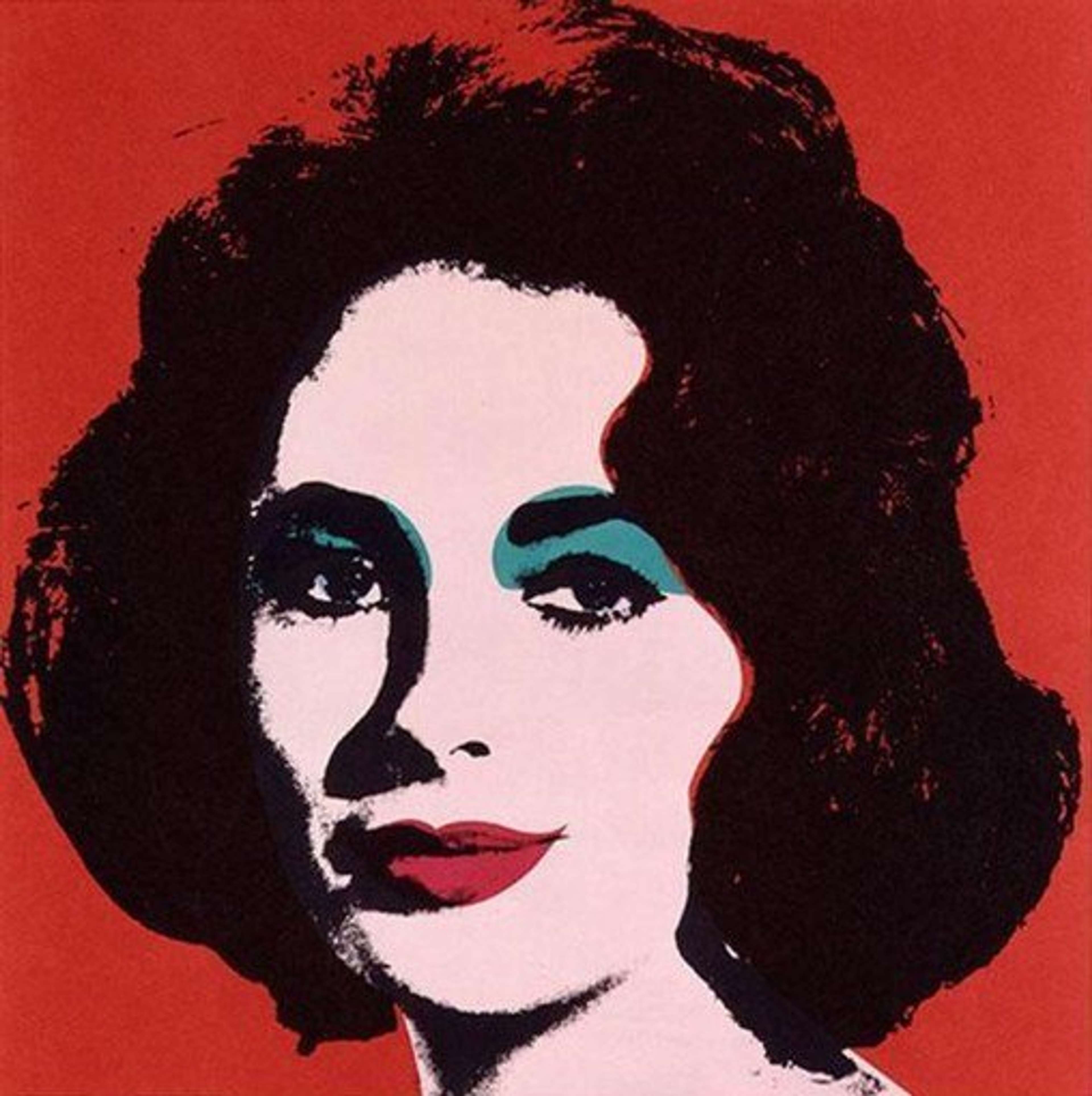Liz
Taylor
Andy Warhol’s Liz Taylor (1964) screen prints and 1963 canvases sit comfortably in his portraiture hall of fame, which featured numerous beautiful Hollywood actresses and actors. Warhol’s ‘Liz’ offers an expression of the strange zeitgeist that saw celebrities idolized and their private lives obsessively observed.
Andy Warhol Liz Taylor For sale
Liz Taylor Value (5 Years)
Works from the Liz Taylor series by Andy Warhol have a strong market value presence, with 122 auction appearances. Top performing works have achieved standout auction results, with peak hammer prices of £357453. Over the past 12 months, average values across the series have ranged from £16000 to £35897. The series shows an average annual growth rate of 8.09%.
Liz Taylor Market value
Auction Results
| Artwork | Auction Date | Auction House | Return to Seller | Hammer Price | Buyer Paid |
|---|---|---|---|---|---|
 Liz (F. & S. II.7) Andy Warhol Signed Print | 22 Oct 2025 | Phillips New York | £29,750 | £35,000 | £45,000 |
Sell Your Art
with Us
with Us
Join Our Network of Collectors. Buy, Sell and Track Demand
Meaning & Analysis
Why did Warhol paint Elizabeth Taylor?
Warhol’s Liz Taylor prints utterly embody his fixation with the cult of celebrity and its glamour - can you name a sitter who exudes it more? The Liz collection is part of a pantheon of female muses chosen by Warhol for their alluring tragic glamour and for their significance within popular culture. His paintings ofMarilyn Monroe and Jackie Kennedy have much in common with the artist's Death and Disaster series of the early 1960s. While they are paintings of iconic beauty; they are also paintings that respond to the public's fascination with suicide and death. It is important to note that Marilyn, Jackie and Liz were not painted from life but from publicity and media images.
The artist was fascinated by the figures whose private lives dominated the public domain; these were women whose image was consumed by the masses just like any other commodity in the commercial age of 1960s America. Warhol painted Taylor after her well-publicised illnesses and romantic affairs. Taylor's romance with Cleopatra co-star Richard Burton dominated the papers and it was well reported that she had been near to death after suffering with a rare strain of pneumonia in 1961. During this time, as well as receiving an Oscar for best actress at the Academy Awards, Taylor was also the first actress to be paid over $1 million USD for a film. Warhol was fascinated by the mythology that built around the star. Liz is an image of glamour, but not of perfection. Containing both light and shade, the portrait with its painted-on smile, captures something of the screen idol's public image; endlessly alluring, compellingly flawed and vividly striking.
Warhol and Taylor became friends later in his career in the 1970s. The actress famously championed the gay community and was a fearless AIDS activist. Warhol once quipped: 'It would be very glamorous to be reincarnated as a great big ring on Liz Taylor's finger.'












